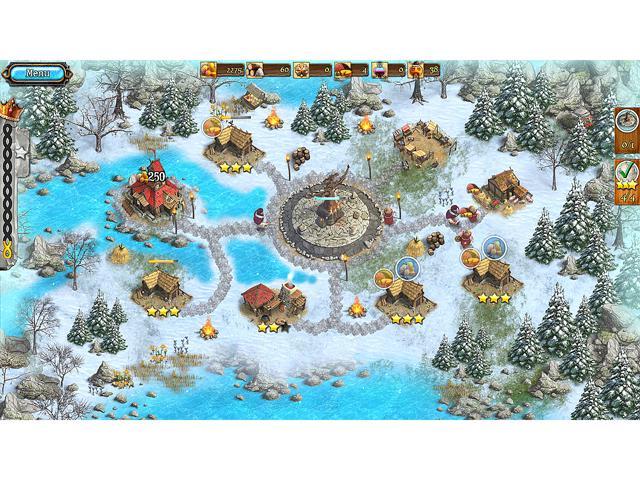

Even more tellingly, 80% of all job changes made over the prepandemic decade involved people moving from one employer to another. The data also showed that labor-market mobility is greater than many people realize, with the average worker switching roles every 2-4 years. For people who start out in low-wage jobs, making strategic career moves and learning along the way is the best-and often the only-route to higher earnings over time.
#GOOGLE PLAY KINGDOM TALES 2 TEXT NOT SHOWING PROFESSIONAL#
That share is typically much higher for people without college degrees who start in low-paid jobs.įor example, professional experience contributes more than 90% of lifetime earnings for Indian workers who begin their careers as construction equipment operators, but less than 30% for the country’s health-care professionals, whose lifetime earnings are primarily determined by their education. The study found that skills and improved job matches acquired through work experience are linked to almost half of the average person’s lifetime earnings. In recent research, the McKinsey Global Institute examined millions of de-identified work histories, as well as job postings, across four major economies-the United States, Germany, the United Kingdom, and India-to see how people accumulate skills over the course of their careers. The team receives hundreds of requests every day so we unfortunately can't respond to everyone.Businesses should start by better understanding how workers move between jobs and what that process means for them. The doodle team is always excited to hear ideas from users - they can email with ideas for the next Google doodle.

How can Google users/the public submit ideas for doodles?

There is a team of illustrators (we call them doodlers) and engineers that are behind each and every doodle you see. The doodle selection process aims to celebrate interesting events and anniversaries that reflect Google's personality and love for innovation. The ideas for the doodles come from numerous sources including Googlers and Google users. Who chooses what doodles will be created and how do you decide which events will receive doodles?Ī group of Googlers get together regularly to brainstorm and decide which events will be celebrated with a doodle. The team has created over 5000 doodles for our homepages around the world. How many doodles has Google done over the years? For them, creating doodles has become a group effort to enliven the Google homepage and bring smiles to the faces of Google users around the world. Creating doodles is now the responsibility of a team of talented illlustrators (we call them doodlers) and engineers. Over time, the demand for doodles has risen in the U.S. In the beginning, the doodles mostly celebrated familiar holidays nowadays, they highlight a wide array of events and anniversaries from the Birthday of John James Audubon to the Ice Cream Sundae. It was so well received by our users that Dennis was appointed Google's chief doodler and doodles started showing up more and more regularly on the Google homepage. Two years later in 2000, Larry and Sergey asked current webmaster Dennis Hwang, an intern at the time, to produce a doodle for Bastille Day. While the first doodle was relatively simple, the idea of decorating the company logo to celebrate notable events was born. They placed a stick figure drawing behind the 2nd "o" in the word, Google, and the revised logo was intended as a comical message to Google users that the founders were "out of office.". In 1998, before the company was even incorporated, the concept of the doodle was born when Google founders Larry and Sergey played with the corporate logo to indicate their attendance at the Burning Man festival in the Nevada desert. Doodles are the fun, surprising, and sometimes spontaneous changes that are made to the Google logo to celebrate holidays, anniversaries, and the lives of famous artists, pioneers, and scientists.


 0 kommentar(er)
0 kommentar(er)
